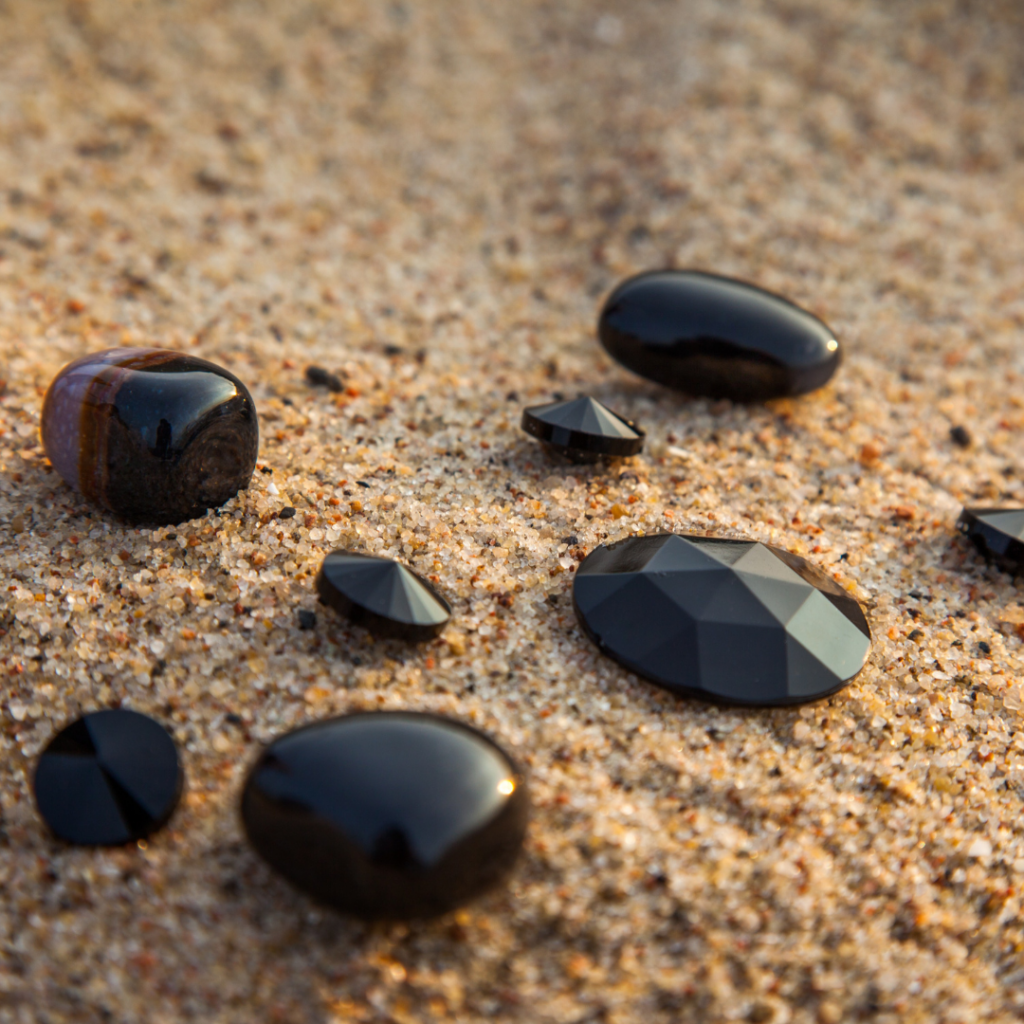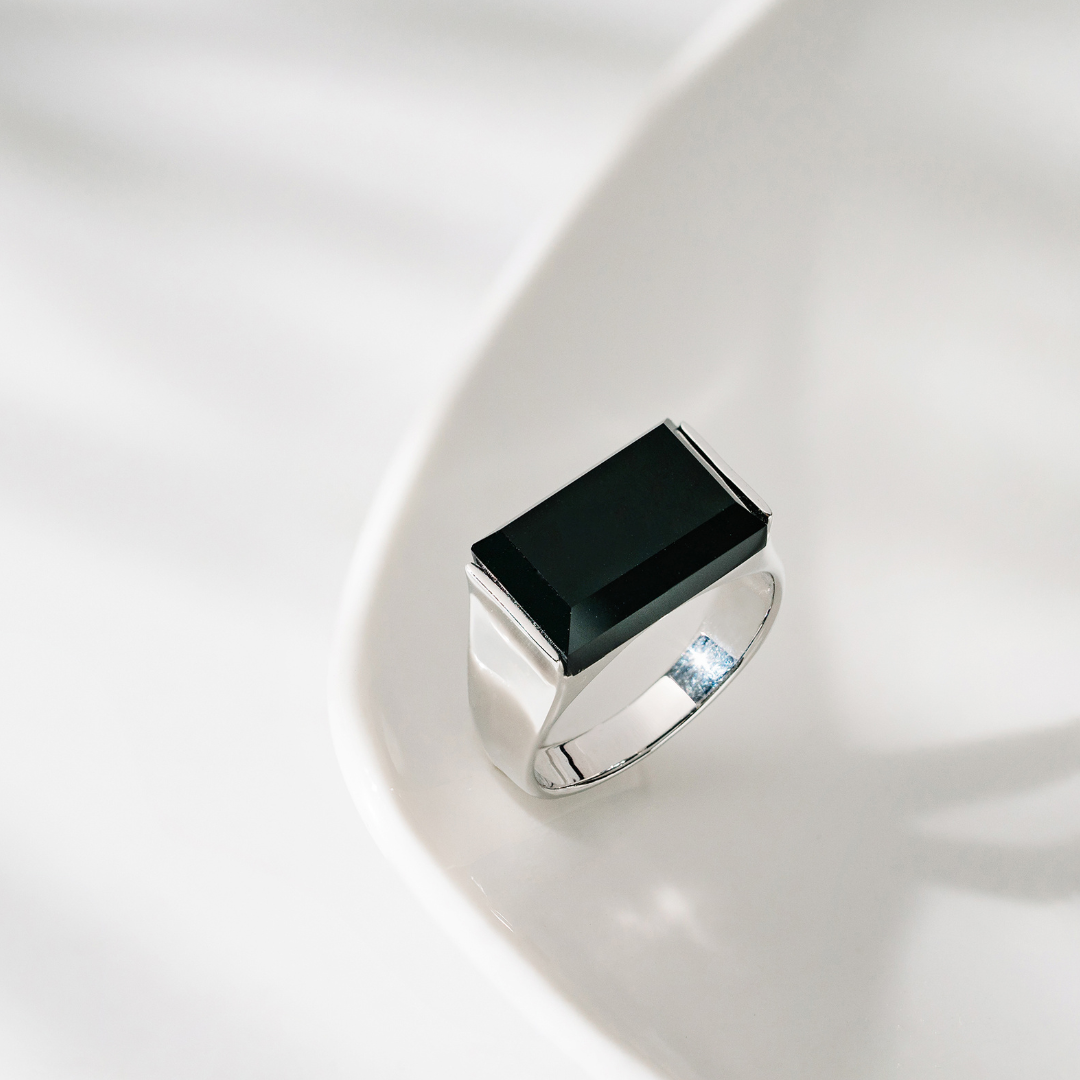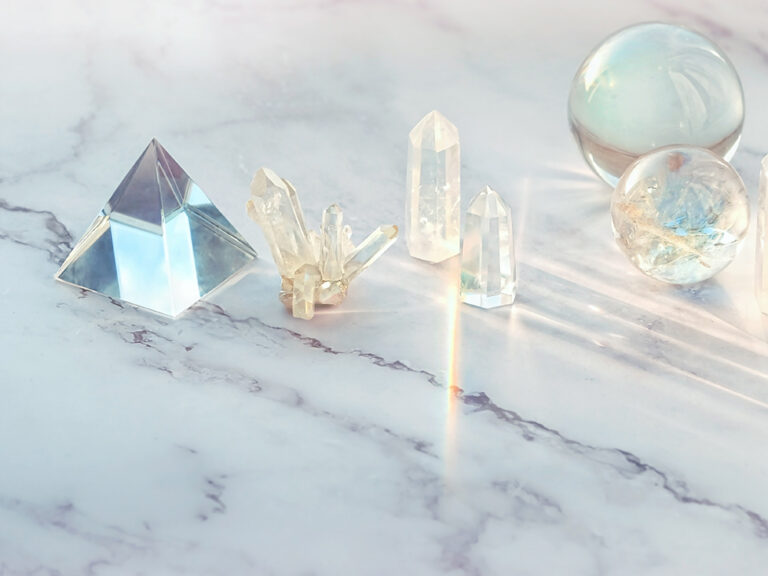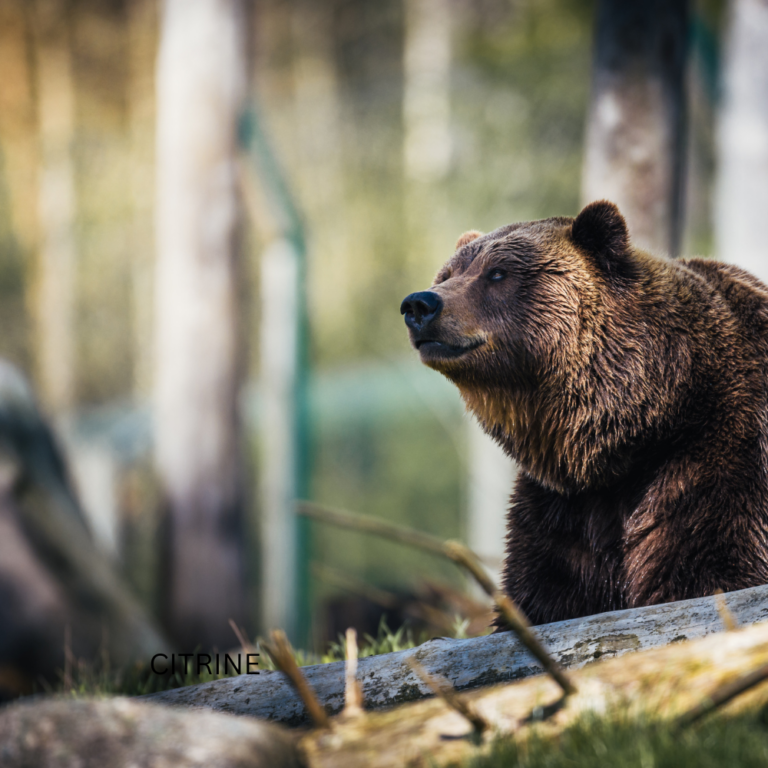Onyx Gemstones: Unveiling Their Timeless Beauty and Uses

Unveiling the Mystique of Onyx: A Dive into its History and Properties
Onyx is a distinctive and versatile gemstone recognized historically for its bold, black color and smooth, opaque appearance. It belongs to the chalcedony family of minerals, which is a form of quartz. Throughout history, onyx has been valued not only for its beauty but also for its perceived protective properties. It’s commonly found in regions such as Brazil, India, California, and Uruguay, aligning with the geological conditions needed for its formation.
This gemstone is often associated with strength and vigor, making it a popular choice in jewelry and decorative objects. It may be found in a variety of hues, though black onyx is the most well-known and sought after. Each onyx stone boasts unique banding patterns, distinguishing it from other minerals and adding to its visual appeal.
Onyx’s utility extends beyond aesthetics, featuring in various cultural and metaphysical contexts. It has been used in carved artifacts and cameos, requiring a high level of craftsmanship due to its hardness. The stone’s historical significance and physical characteristics come together to make onyx not just a material object, but a subject rich in both artistry and lore.
Onyx Formation
Onyx is formed from the deposition of silica in gas cavities in lava, which results in the distinct bands of the mineral.
Geological Process
The geological formation of Onyx is closely tied to volcanic activities. When lava is expelled from a volcano and cools, it oftentimes leaves behind gas cavities. These cavities can then become filled with silica-rich groundwater. Over time, the deposition of silica in layers leads to the banded appearance characteristic of Onyx. The rate of cooling and the elements present in the surrounding environment determine the thickness and coloration of these bands.
Mineral Composition
Onyx is predominantly composed of chalcedony, a form of quartz. This mineral structure consists mainly of silicon dioxide (SiO₂) and can include a variety of impurities that create its colorful bands. For instance:
- Iron oxide: imparts red and brown hues
- Carbon: contributes to black and gray layers
- Manganese: often adds pink to violet colors
Trace elements and the conditions under which the Onyx formed are responsible for the complex patterns and a wide spectrum of colors observed in different specimens.
Onyx in History
Onyx has had a notable presence across different civilizations due to its unique patterns and durability, making it a favored material in various historical contexts.
Ancient Use
Historically, onyx was treasured by the Ancients Greeks and Romans, who utilized it primarily for carving cameos and intaglios. Egyptians also favored onyx, specifically using it for pottery and carving. Artifacts such as onyx bowls dating back to the Second Dynasty have been discovered, demonstrating its use in early Egypt.
Cultural Significance
In terms of cultural significance, onyx has been associated with protection and fortune. During the Renaissance, onyx was believed to bring bad omens, yet it was also thought to hold protective qualities against evil. Its layered black and white appearance often symbolized the dichotomy between good and evil in various cultures. Different regions, including India and Persia, revered onyx for its supposed protective properties and used it in amulets.
Onyx Properties
Onyx is a variety of the mineral chalcedony, distinguished by its layered, parallel banding. This section outlines the specific physical and optical characteristics of onyx.
Physical Characteristics
- Hardness: Onyx has a Mohs hardness of 6.5 to 7, indicating a relatively high level of scratch resistance.
- Density: The mineral has a specific gravity ranging between 2.55 and 2.70.
- Cleavage: Onyx exhibits no natural cleavage and is known for its conchoidal fracture, giving it a smooth surface when broken.
- Color: Primarily found in black and white bands, but can also display bands of brown, red, and various other colors.
- Texture: Onyx has a smooth, waxy luster when polished.
Optical Features
- Luster: When polished, onyx exhibits a vitreous to sub-vitreous luster.
- Transparency: It can range from opaque to translucent.
- Refractive Index: The refractive index of onyx typically lies between 1.530 – 1.540, which affects how light is bent when entering the mineral.
- Birefringence: Onyx has weak birefringence, with a range usually from 0.004 to 0.013. This can create a slight doubling of images seen through a transparent piece.
Onyx Applications
Onyx, a variant of chalcedony, has distinctive bands of color, making it a sought-after material in various industries due to its beauty and durability.
Jewelry and Ornamentation
Onyx is often cut and polished for use in jewelry. It’s particularly favored for:
- Rings and bracelets: Its hardness ranks 7 on the Mohs scale, offering resistance to scratches.
- Cameos and beads: The contrasting bands create striking profiles for engraved items.
The stone is also carved into intricate figurines and chess pieces, showcasing its aesthetic versatility.
Architectural Material
In architecture, onyx is selected for:
- Wall cladding and countertops: Its translucency can be backlit for dramatic effect.
- Flooring and tiles: When polished, onyx provides a sleek, high-end finish.
Onyx applications require careful handling and maintenance due to the material’s susceptibility to acids and abrasion.







